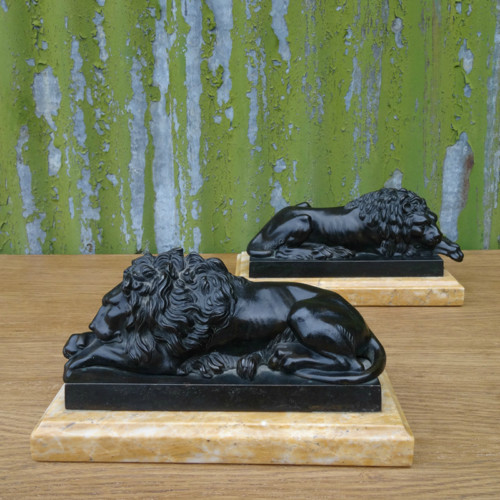An Ashford black marble Alexandria obelisk, Derbyshire, England, circa 1860, inscribed with hieroglyphics and ‘Obelisk. Called. Cleopatras. Needle. At. Alexandria’,
Ashford Marble is in fact the hard limestone quarried near Ashford-in-the-Water, Derbyshire; polished to create the jet black lustred finish in the marble workshops. It proved popular as a building material and, as early as 1580, Elizabeth Cavendish commissioned a chimneypiece for Chatsworth. In the 19th century it became very fashionable as a material for both ornamental objects and furniture, and was promoted by William Spencer Cavendish, 6th Duke of Devonshire, who was inspired by Florentine work in Italy.














